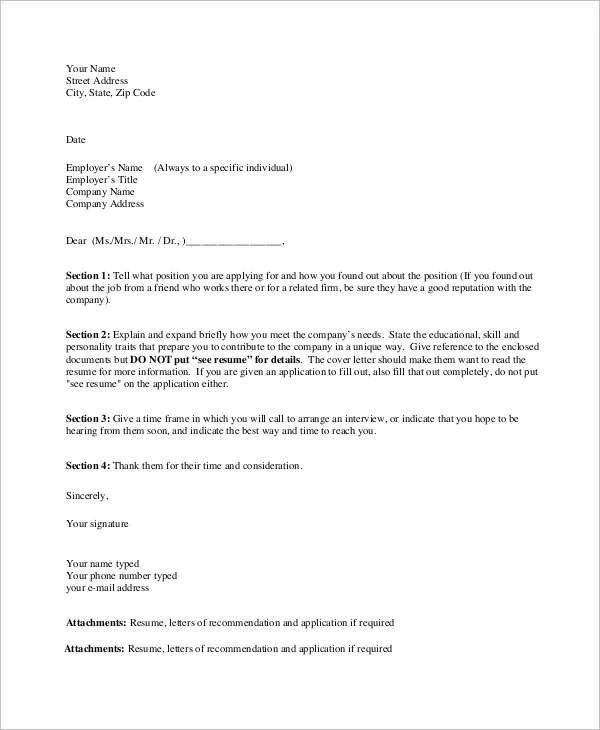What is a Resume Cover Letter
A resume cover letter is a crucial document that accompanies your resume when applying for a job. It serves as your introduction to the hiring manager, offering a personalized glimpse into your qualifications, skills, and enthusiasm for the position. Unlike a resume, which provides a factual overview of your experience and education, a cover letter allows you to showcase your personality, express your interest in the specific role, and explain why you are the ideal candidate. It’s your chance to connect with the employer on a more personal level, demonstrating your communication skills and highlighting your unique value proposition. A well-crafted cover letter can significantly increase your chances of landing an interview, while a poorly written one can lead to your application being overlooked.
Why You Need a Cover Letter
In today’s competitive job market, a cover letter is often essential. It’s more than just a formality; it’s an opportunity to differentiate yourself from other applicants. It allows you to explain gaps in your resume, address specific requirements mentioned in the job description, and convey your genuine interest in the company and the role. Even if a job posting doesn’t explicitly require a cover letter, submitting one can demonstrate your initiative and attention to detail. It gives you the chance to elaborate on your qualifications, highlighting relevant skills and experiences that might not be immediately apparent from your resume alone. A strong cover letter shows that you’ve taken the time to understand the position and are eager to contribute to the company’s success.
Highlight Your Achievements
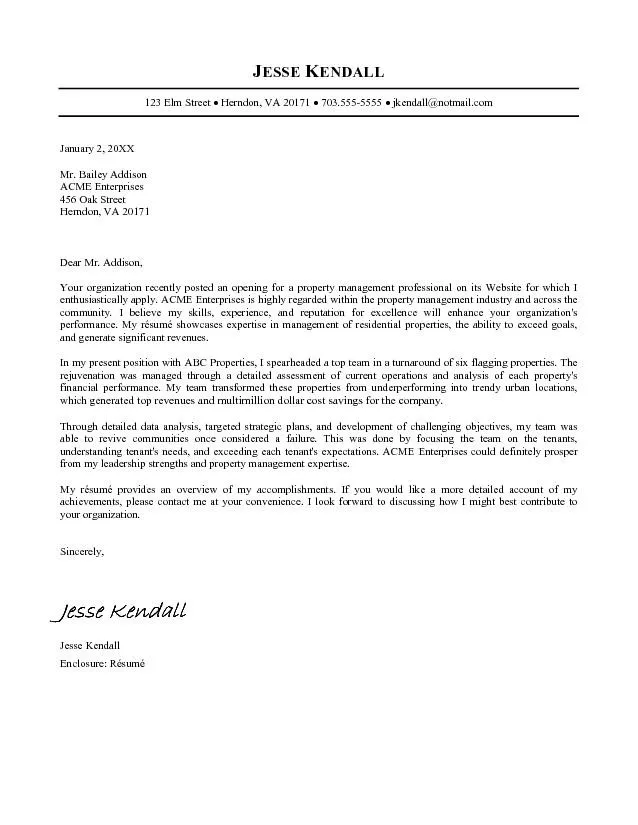
Instead of simply listing your responsibilities, focus on your accomplishments. Use the cover letter to showcase what you’ve achieved in previous roles. Quantify your achievements whenever possible. For example, instead of saying “Managed social media accounts,” say “Increased social media engagement by 30% in six months.” By providing concrete examples of your successes, you demonstrate your value to potential employers. Choose achievements that are relevant to the job you’re applying for, and tailor your descriptions to match the skills and experience the employer is seeking.
Quantify Your Accomplishments
Numbers speak louder than words. When describing your achievements, use specific metrics to demonstrate the impact you’ve made in previous roles. For instance, instead of saying “Improved customer satisfaction,” state “Increased customer satisfaction scores by 15% through implementing a new feedback system.” Quantifying your accomplishments helps potential employers quickly understand the value you brought to previous organizations. Use percentages, dollar amounts, or any other relevant data to provide concrete evidence of your abilities and impact.
Tailor to the Job Description
Each cover letter should be customized for the specific job you’re applying for. Carefully review the job description and identify the key skills and qualifications the employer is seeking. Then, tailor your cover letter to address these requirements. Highlight the relevant experiences and skills from your background, and explain how they align with the job’s needs. Avoid sending generic cover letters; personalization is key. This demonstrates your attention to detail and genuine interest in the specific opportunity.
Focus on the Employer’s Needs
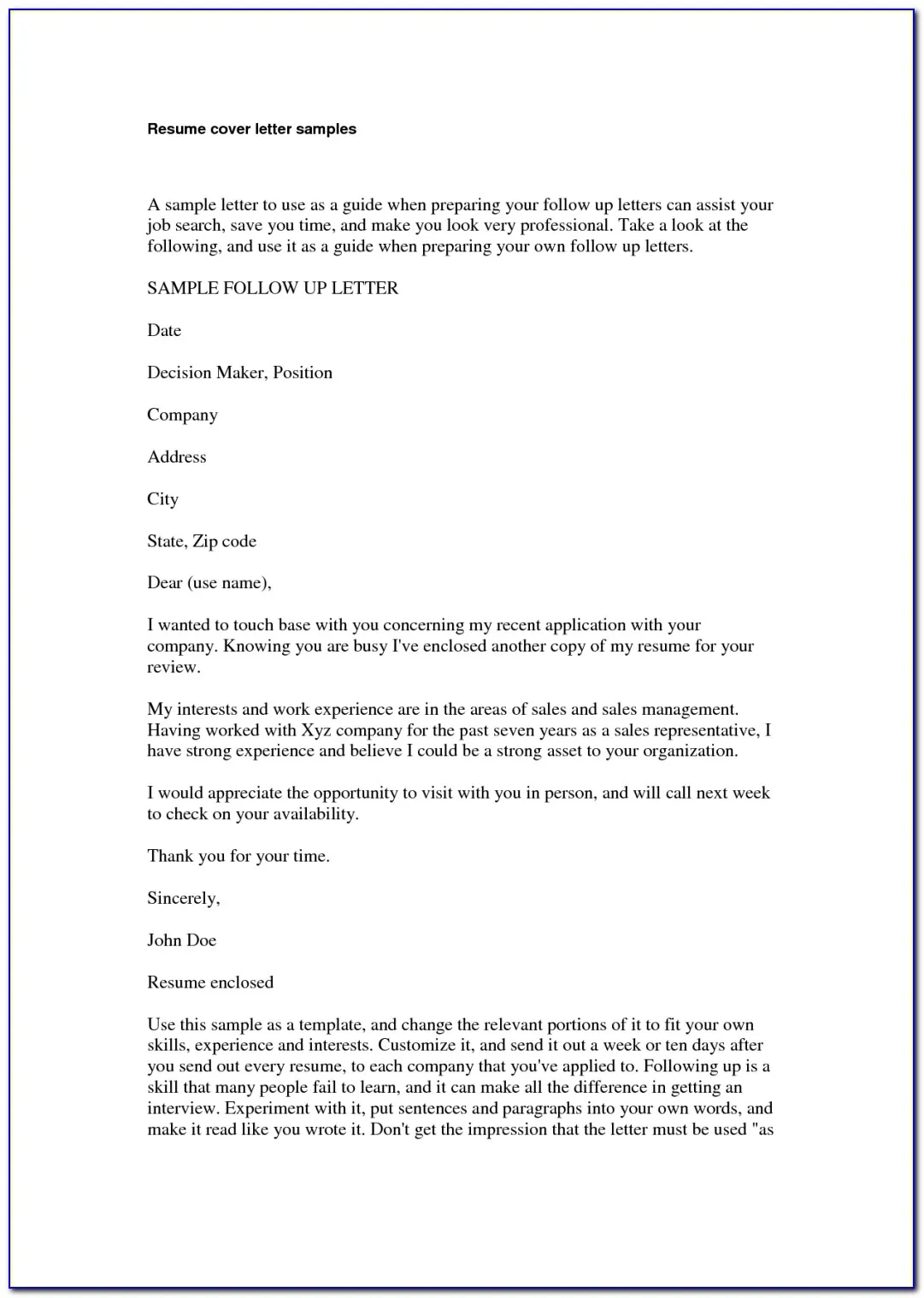
While it’s important to showcase your skills and experience, make sure your cover letter is primarily focused on what you can do for the employer. Instead of just talking about what you want from the job, explain how you can contribute to the company’s goals and solve their problems. Research the company and the role to understand their priorities. Use the cover letter to demonstrate how your skills and experience align with the employer’s needs. Explain how you can add value to their team and help them achieve their objectives.
How to Structure Your Cover Letter
A well-structured cover letter is easy to read and effectively conveys your message. A clear structure ensures your key points are easily understood by the hiring manager. The format should generally follow a standard business letter format, including a header with your contact information and the date, a salutation, an opening paragraph, body paragraphs, and a closing paragraph. Each section should serve a specific purpose and work together to make a compelling case for your candidacy. Maintain a professional tone throughout the letter to leave a positive impression.
Header Information
Your cover letter should start with a header that includes your contact information, such as your name, address, phone number, and email address. This information should be at the top left of the page. Include the date below your contact information, and then add the hiring manager’s name (if you know it) and the company’s address on the right side. This header sets a professional tone and makes it easy for the employer to contact you.
Professional Salutation
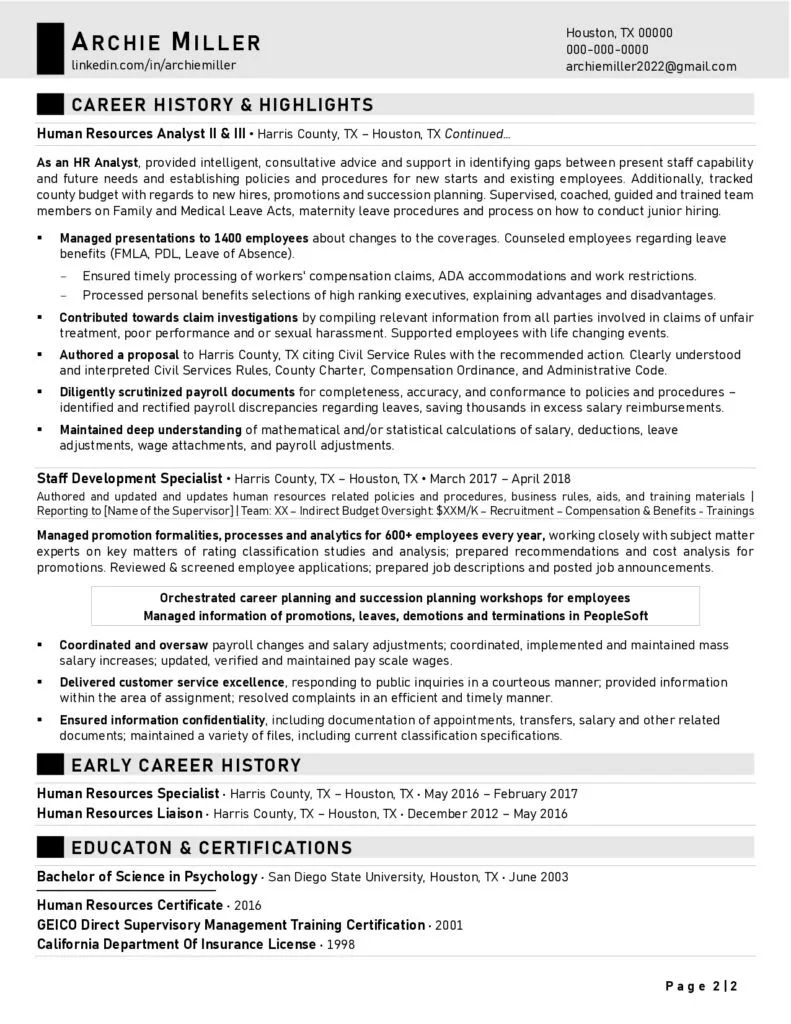
Start your cover letter with a professional salutation. “Dear Mr./Ms./Mx. Last Name” is the standard format. If you don’t know the hiring manager’s name, use “Dear Hiring Manager” or “Dear [Company Name] Hiring Team.” Avoid generic greetings like “To Whom It May Concern.” Always address the letter to a specific person whenever possible, as it shows you’ve done your research and are genuinely interested in the opportunity. It creates a more personal connection.
Opening Paragraph
Your opening paragraph should immediately grab the reader’s attention and state the purpose of your letter. Clearly mention the specific job you’re applying for and where you found the posting. Briefly express your interest in the role and the company. You might also include a brief statement about your most relevant qualification or skill. Keep this paragraph concise and impactful, setting the stage for the rest of the letter.
Body Paragraphs
The body paragraphs are where you elaborate on your qualifications and experiences. Use these paragraphs to highlight relevant skills, achievements, and experiences that align with the job description. Provide specific examples to support your claims, and quantify your accomplishments whenever possible. Explain how your skills and experiences make you a strong fit for the role and how you can contribute to the company’s success. Keep your paragraphs focused and easy to read, using clear and concise language.
Closing Paragraph
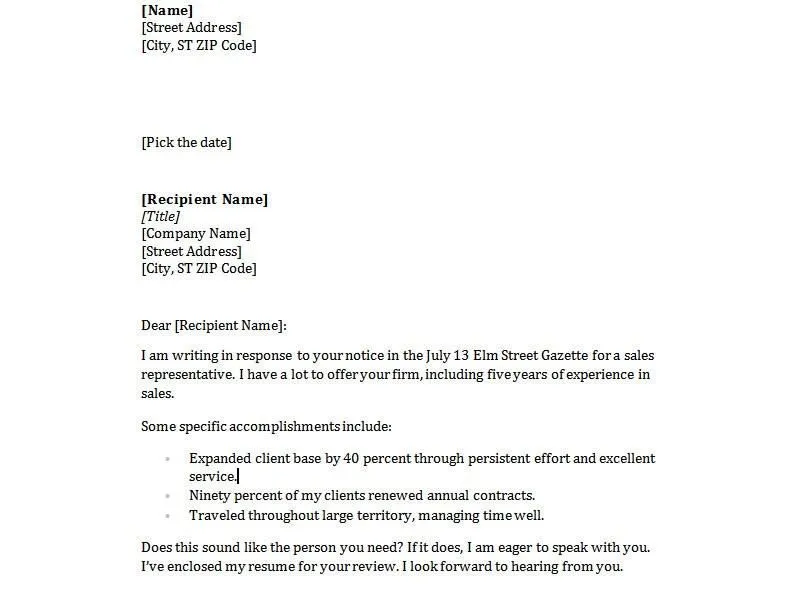
Your closing paragraph should reiterate your interest in the position and express your enthusiasm for the opportunity. Thank the hiring manager for their time and consideration. Include a call to action, such as stating that you look forward to hearing from them soon or that you are available for an interview. End with a professional closing, such as “Sincerely” or “Best regards,” followed by your typed name.
Proofread and Edit
Before submitting your cover letter, proofread it carefully to ensure it is free of errors. Spelling and grammatical mistakes can create a negative impression and undermine your credibility. Ideally, have a friend, family member, or career advisor review your letter as well. A fresh pair of eyes can often catch errors you might have missed. Proofreading is a critical step in the application process, showing attention to detail and professionalism.
Check for Grammar and Spelling
Use a grammar and spell checker to identify and correct any errors. However, don’t rely solely on these tools; they can sometimes miss subtle mistakes. Read your cover letter aloud to catch any awkward phrasing or sentence structure issues. Pay close attention to punctuation, capitalization, and word choice. A polished and error-free cover letter demonstrates your attention to detail and commitment to excellence.
Use a Professional Tone
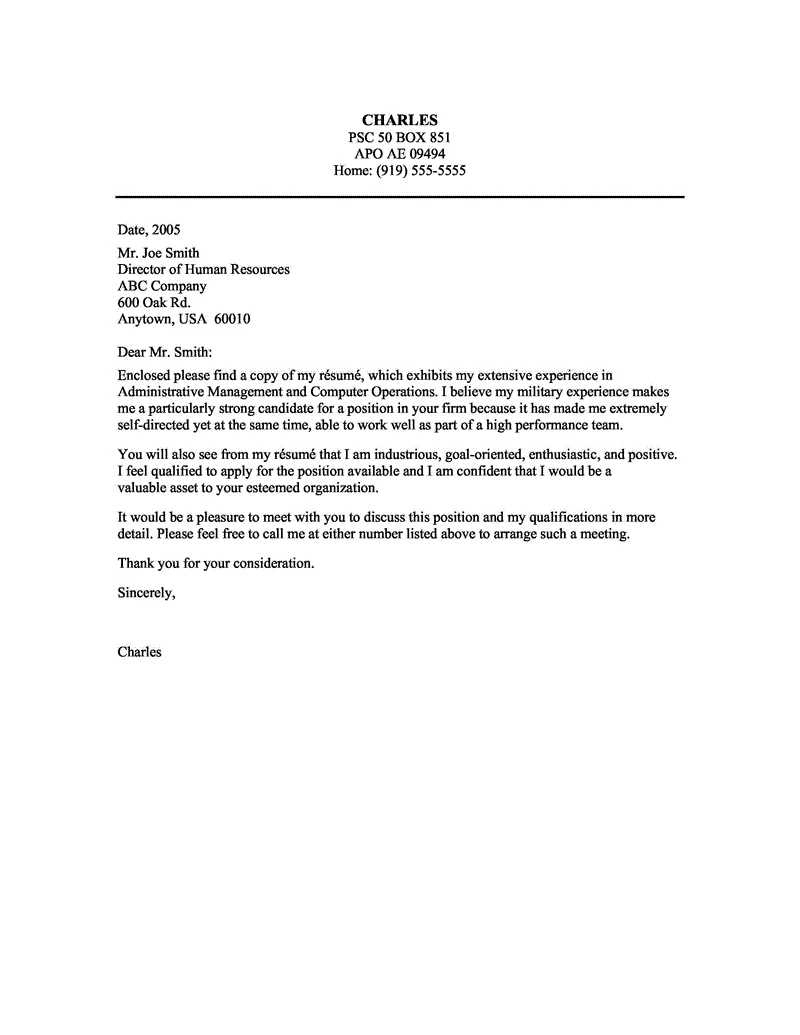
Maintain a professional and respectful tone throughout your cover letter. Avoid slang, informal language, and overly casual expressions. Use formal language and avoid contractions unless they naturally fit. Be enthusiastic but not overly familiar. Ensure your tone aligns with the company culture and the industry you’re applying to. A professional tone builds credibility and increases your chances of making a positive impression.
Formatting and Design Tips
The formatting and design of your cover letter can impact its readability and visual appeal. Proper formatting makes your letter easy to scan and digest. A well-designed cover letter demonstrates your attention to detail and professionalism. Pay attention to the overall layout, font choices, and spacing to create a visually appealing and professional document.
Keep it Concise
Keep your cover letter concise and to the point. Aim for one page, unless the job description specifically requests more. Avoid unnecessary details and focus on the most relevant information. A well-written, concise cover letter is more likely to be read and remembered. Highlight your key skills, experiences, and achievements without going into excessive detail.
Choose the Right Font
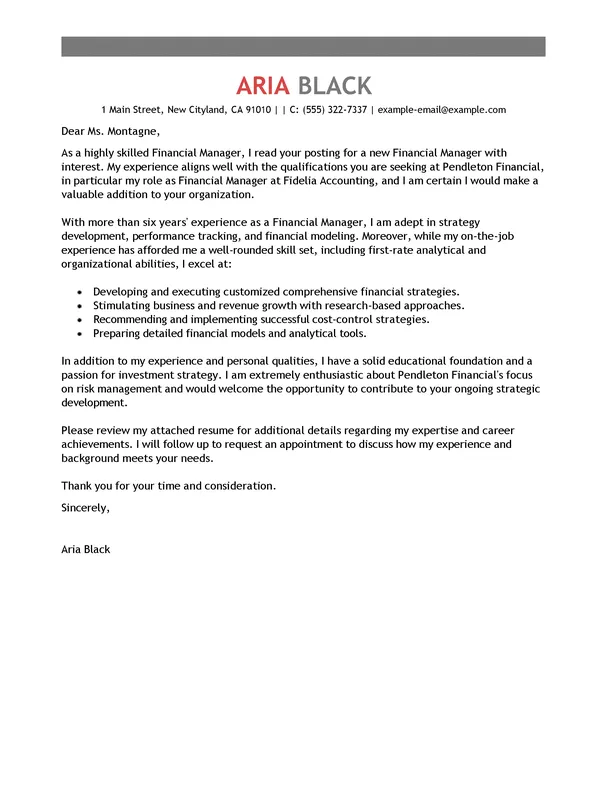
Select a professional and readable font. Recommended fonts include Times New Roman, Arial, Calibri, or Helvetica. Use a font size between 10 and 12 points for the body text and 12-14 for headings. Ensure the font is easy to read and doesn’t distract from the content. Avoid using overly ornate or unusual fonts that could make your letter difficult to read.
Save as a PDF
Save your cover letter as a PDF to ensure it appears as you intended, regardless of the recipient’s operating system or software. PDFs preserve the formatting and layout of your document, preventing any unexpected changes. This is especially important for elements like bullet points, spacing, and font choices. Saving as a PDF ensures a consistent and professional presentation.
In conclusion, a well-crafted cover letter is a powerful tool in your job search. By highlighting your achievements, tailoring your letter to the specific job, and following these formatting and structure tips, you can significantly increase your chances of impressing potential employers and landing an interview. Remember to always proofread and edit your cover letter before submitting it. Good luck!
